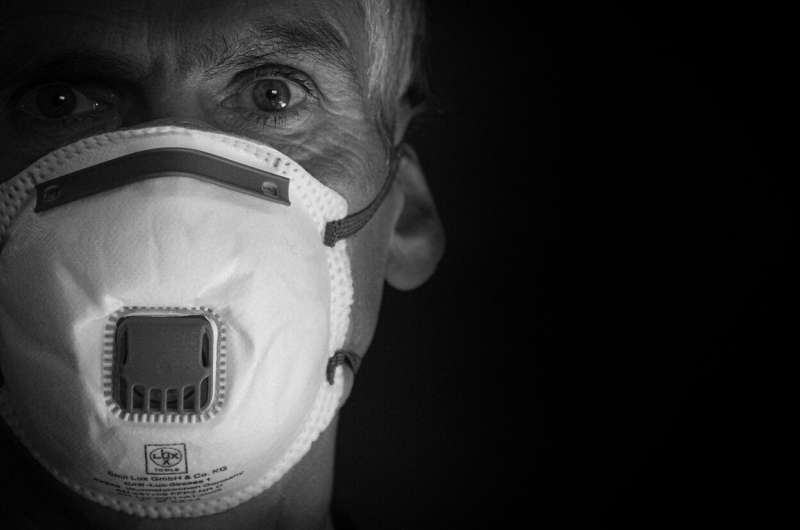COVID R&D response shows what's possible for future healthcare innovation

Policymakers need to rethink their approach to tackling long-standing healthcare and environmental challenges and can learn lessons from the success of research and development in responding to COVID-19, say the authors of a new study.
In the study, economists from the University of Bath and the International Monetary Fund (IMF), examined the drivers of innovation. Their study focused on the global pharmaceutical research and development (R&D) effort to fight the deadliest diseases.
This finds that pharmaceutical R&D typically follows a 'law of diminishing effort': with the intensity of research effort rising by only 50% when the global death burden of a disease doubles. However, the scientific response to COVID-19 was a major exception, with seven to twenty times more COVID-19 clinical trials than the historical relationship would imply.
During the pandemic, global pharmaceutical R&D as measured by clinical trials scaled up by 38% to accommodate the COVID-19 R&D response, with only a modest reduction of research on other diseases.
Much of this response occurred via public research institutions, which accounted for 70% of all COVID-19 trials globally. Vaccine trials in the U.S. and China, where the policy response included early incentives for vaccine development, were on average two months faster than in other countries.
The findings suggest that global pharmaceutical innovation has room to grow, but that government incentives and support from public research institutions should play a crucial role in supplementing the private response.
Dr. Patrick Gaule from the University of Bath's Department of Economics who co-authored the study explains: "The rate and direction of innovation is shaped by incentives and government policy actions. Traditionally, economists have emphasized the market size as an important driver for innovation—the greater the private demand for an innovation, the more innovation we should expect in that domain.
"However, this may not be sufficient by itself to encourage innovation to address the deadliest diseases—from coronary heart disease to lung cancer, or indeed other major challenges facing humanity, namely climate change. Instead, the response to COVID-19 suggests that scaling up global innovation in the future may require complementing the market size effect with early-stage incentives that harness the power public research institutions and non-monetary incentive, for example altruism."
More information: What Drives Innovation? Lessons from COVID-19 R&D ftp.iza.org/dp14079.pdf




















